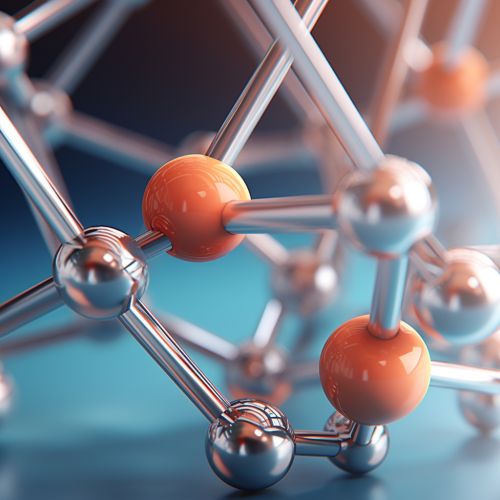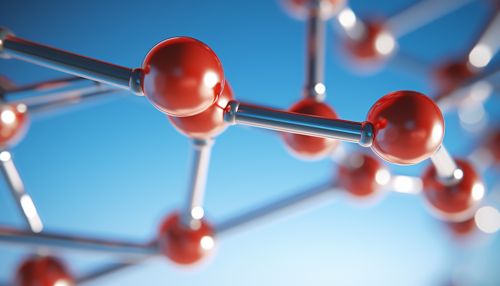Nitrogen
Introduction
Nitrogen is a chemical element with the symbol N and atomic number 7. It is the lightest member of the group 15 of the periodic table, often called the pnictogens. The atom has five electrons in its outer shell, making it trivalent in most compounds.
Properties and Compounds
Nitrogen is a nonmetal with properties that are mostly intermediate between the elements above and below in the periodic table, sulfur and phosphorus. It carries a significant electronegativity, and as such, is capable of forming stable molecules with a variety of other elements. Nitrogen is known to form a wide range of compounds, including ionic, covalent, and coordinate covalent bonds.
Occurrence
Nitrogen is the most abundant uncombined element in the Earth's atmosphere, accounting for about 78% of it by volume. It is primarily produced by the stellar nucleosynthesis of carbon and hydrogen in stars.
Uses
Nitrogen has a wide range of applications, from the industrial production of fertilizers and explosives to the preservation of food. In its liquid form, it is used in cryogenics, including the freezing of food and medical supplies, and the cooling of superconductors.
Biological Role
In biological systems, nitrogen is a crucial part of amino acids, proteins, and nucleic acids. It is a key element in the metabolic processes of all living organisms. Nitrogen fixation, a process in which nitrogen gas from the atmosphere is converted into a usable form by certain types of bacteria, is a crucial part of the nitrogen cycle.
Environmental Impact
While nitrogen is essential for life, it can also have detrimental effects on the environment when present in excess. Nitrogen compounds from agricultural runoff can cause eutrophication of water bodies, leading to the death of aquatic life. Nitrogen oxides are also a major component of air pollution, contributing to the formation of smog and acid rain.
See Also
Ammonia Nitrogen cycle Nitrogen fixation


